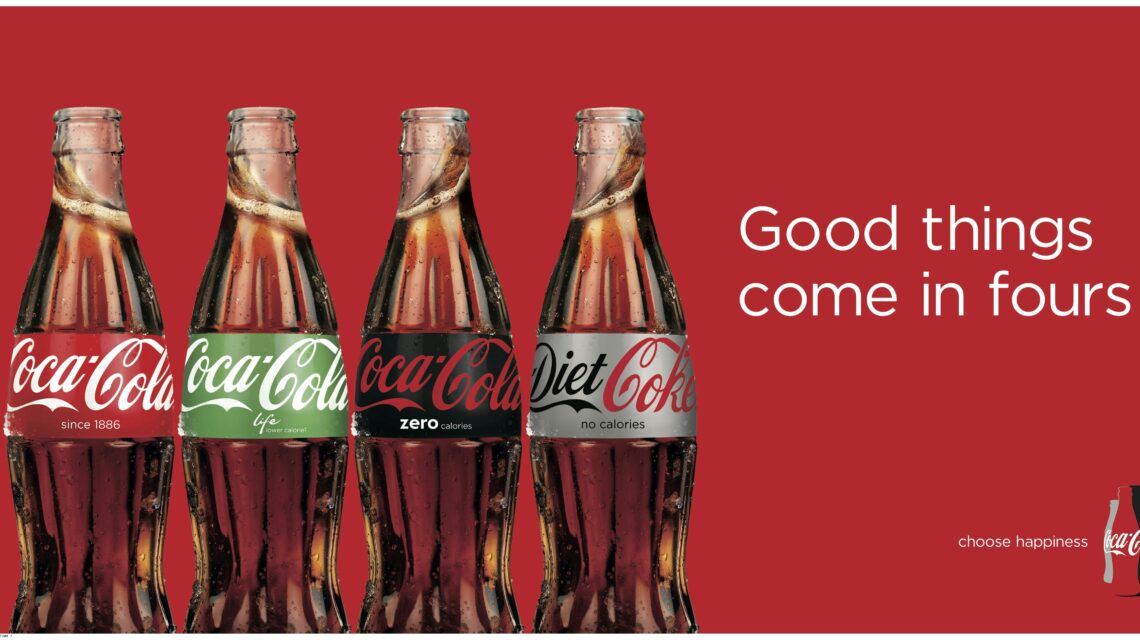Table of Contents:
- Introduction to Coca Cola and its global expansion
- Understanding the Route to Market strategy
- Challenges in implementing the Route to Market strategy for Coca Cola
- Case study: Coca Cola's expansion into China and the challenges faced
- Strategies for overcoming challenges in global expansion
- Conclusion: Importance of careful planning and adaptation in global expansion for companies like Coca Cola
- FAQs:
Introduction to Coca Cola and its global expansion
Route to market coca cola: Having built a strong brand reputation, Coca-Cola has become one of the world’s most recognisable and enjoyed soft drink products. This American icon has created and sustained its competitive advantages in almost every continent by overcoming many cultures, markets, and economies. As the company continues pursuing global market development, addressing issues related to establishing an effective route to market strategy becomes more critical than ever.
Finding new territories to push into can be very exciting, but risks can confuse even the best of plans. With Coca-Cola, each nation creates opportunities and problems that can be addressed with proper planning and execution. Given the substantial variation in consumer tastes and local policies, changing their route to market strategy is essential to satisfy every thirst around the globe.
Let’s now analyse why Coca-Cola seems so convincing when it pursues global expansion and identify its major obstacles.
Understanding the Route to Market strategy

The Route of Market (RTM) plan is essential for every brand wishing to expand globally. With Coca-Cola, it is more than simply distributing products; it is an elaborate system integrating multiple channels and stakeholders.
Recognising RTM requires comprehending the processes involved from manufacturers to the final consumers. Vital decisions include picking the appropriate agents, wholesalers, retailers, or direct sellers for the consumers.
Coca-Cola designs RTM strategies according to local market conditions. Customer preferences, laws, and competition influence these choices.
Coca-Cola exploits data analytics to determine the most cost-effective places for its products while guaranteeing a reasonable availability of goods and better customer service.
RTM strategies enable brands like Coca-Cola to remain proactive amidst stiff market competition. The ability to change efficiently is the difference between winning and losing on the global stage.
Challenges in implementing the Route to Market strategy for Coca Cola
With such large operations handled globally, Coca Cola faces numerous problems with its Route to Market strategy. All different areas have distinct distribution systems, which can be complex.
Alternatives to Barriers are also a significant problem. Every country has its own product marketing, distribution, and labeling regulations. All rules and laws must be complied with while still necessary.
The market also has high competition, which is an additional disadvantage. Local businesses have an advantage because most consumers prefer local companies, making it very difficult for Coca Cola to penetrate new markets.
Differences in different cultures also make problems more complex. A marketing strategy in one region cannot be used in another, making it challenging to create a standard form of advertisement that can transcend multiple regions.
Dependence on local partners poses a threat. Partners can be very diverse and have misaligned values which could cripple the entire strategy if there is any level of failure.
Case study: Coca Cola’s expansion into China and the challenges faced
Entering the Chinese market for the first time back in 1979 was very important for Coca Cola’s global strategy. It was a bold investment that aimed at capturing over a billion consumers.
As always, Coca Cola encountered several challenges. The company had to take on bureaucratic red tape and tough local competitors. Furthermore, ensuring that marketing efforts were suitable because different cultural elements affected how people consumed products was vital.
Along with the marketing hurdles, the company faced significant problems with distribution. Lacking infrastructure made servicing certain areas impossible. These logistical problems needed to be tackled by creating good business relationships.
On top of everything, there was a negative attitude associated with foreign brands. More efforts needed to be focused on advertising that appealed to local culture to create credibility among consumers. Coca Cola quickly figured out that understanding how regions operate is incredibly important for doing business.
Strategies for overcoming challenges in global expansion
Pre-planning and planning tactics are vital to conducting global business successfully. Adapting to a culture is a sizeable effort that needs support and understanding from all stakeholders. The input helps organisations know how to position and market their products. Otherwise, return on investment will be minimal.
Developing strategic alliances will also lessen the barrier. Dealing with a local wholesale or retail company builds confidence and increases the ease of business in different regions. These companies understand how the area operates, which helps in decision-making.
Hiring more personnel sometimes requires more effort. Adding cultural context helps more people understand each other’s ways of working together.
Another practice to consider is using technology for logistics. Supply chains can significantly benefit from predictive analytics, minimising costs while guaranteeing timely product supply.
Although a workable approach has been developed, adjustments during the execution phase are vital. Businesses need to be able to refine frameworks and be flexible enough to accommodate noticeable changes throughout the working period.
.
Conclusion: Importance of careful planning and adaptation in global expansion for companies like Coca Cola
Coca Cola has one of the most substantial market segments, but Global Marketing Expansion is a complex phenomenon, to limestone. Defining a Route to Market strategy is the most substantial aspect of market segmentation. Although this approach economically promises excellent results, it can also fail even the best-prepared entrepreneurs and their plans.
Analyzing what went wrong with Coke in China puts the need to conduct thorough local market investigations into context. A company needs to study the population’s sociocultural habits and the existing distribution channels in the area.
Given the reality of intercultural business relationships, effective local marketing strategies with well-known distributors can significantly improve success chances. Apart from risk aversion, these strategies also strengthen the brand among the newly introduced consumer clients.
If a firm decides to go international, strict criteria and flexibility are fundamental. Emerging businesses—huge ones that strive to exist worldwide—must postpone expectations and prepare for surprises in every country they enter.
Brands have to be blended with specific countries, and once these waters are colored, it helps such empires reinforce their legacies and continue thriving in inaccessible countries.
FAQs:
What is the route to market Coca Cola uses?
It’s a mix of direct sales, wholesalers, and retailers.
Why is the route to market Coca Cola important?
It ensures efficient distribution and market reach.
How does the route to market Coca Cola vary by region?
It adapts to local laws, competition, and consumer needs.
What challenges affect the route to market Coca Cola?
Regulations, competition, and cultural differences.
How does Coca Cola optimise its route to market?
By using data analytics and strategic partnerships.
Why does the route to market Coca Cola change over time?
To keep up with market trends and logistics demands.
How did the route to market Coca Cola impact its China entry?
It faced distribution hurdles and adapted strategies.
What role do local partners play in the route to market Coca Cola?
They help with regulations and market access.
What makes the route to market Coca Cola successful?
Flexibility, data-driven strategies, and partnerships.
How does Coca Cola balance global and local strategies?
By adapting marketing while keeping brand consistency.
